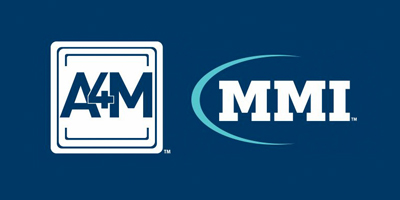An analysis of North Carolina’s experiment in reopening public schools to in-person instruction this spring showed the success of masking, with less apparent impact of physical distancing and other measures, researchers said.
Secondary transmission of COVID-19 occurred among less than 1% of those quarantined for contact with an infected fellow student or staff member, Daniel Benjamin, MD, MPH, PhD, and Kanecia Zimmerman, MD, MPH, both of Duke University in Durham, North Carolina, reported at a press briefing Wednesday on behalf of the ABC Science Collaborative.
Notably, there were no differences in within-school transmission, whether schools required that more than 3 feet of physical distance be maintained between students or less or none at all. Nor were there differences between districts that kept students from sitting together on school buses or allowed two or three to a bench seat.
Masking was mandatory, but by and large there were no overhauls to ventilation at the schools, nor were there widespread changes in SARS-CoV-2 testing protocols, Benjamin noted.
“With masking, schools can clearly safely deliver face-to-face education for children and adults,” he said. “It means we don’t have to close schools again. We don’t have to have remote instruction. We’ve got tools that will keep the children and adults safe in school.”
After North Carolina reopened schools in 100 districts in March 2021 (optional for grades 6-12), only 308 cases of secondary transmission occurred through June 2021 among the total of 864,515 students taught in person at elementary, middle, and high schools and 55 cases appeared among the 160,549 staff.
Most of the infections recorded at the schools were acquired in the community rather than from someone at school (6,484 primary transmission cases among students and 1,106 among staff).
Data from 13 other states, some with genetic sequencing to confirm the relation between infections, have also showed the success of basic tools for return to in-person education, Zimmerman noted. “All of it says the same thing, that with masking in place, the secondary attack rate is really, really low.”
One exception appeared to be athletics, particularly indoor sports.
“We need to have specific policies in place to protect athletes,” Zimmerman said. Noting data from places in Missouri on reducing transmission by implementing and enforcing masking during athletics, she argued, “even in this high-risk environment we can be successful with these tools in place.”
High-needs students with neurocognitive or cognitive conditions may also present a bigger challenge, as many cannot wear masks.
The big question is what will happen in the fall when schools across the country reopen with the more transmissible Delta variant circulating.
However, there’s no evidence so far that masking is any less effective against this variant, Benjamin noted. “So with the option of either masking or vaccinating, the school environment should be a safe environment, and there should not be any need to change any kind of plans.”
For states without a mask mandate in the school setting, “one could anticipate much higher rate of transmission in the humans-close-to-each-other environment — whether that’s summer camp or schools or church, what have you,” he added.
While the study didn’t have any data on the severity of infections acquired through the North Carolina schools, Benjamin noted that the calls he’s been taking from superintendents reporting infections have been in line with the two deaths per 100,000 5- to 17-year-olds that’s been reported in the literature. None of the deaths were a result of infection acquired at school.
That might not sound like much, but it’s not trivial when taking into account the some 1.5 million children that age in the state, he said. And about 10% of children under 15 will have some type of symptoms beyond 6 months, he noted.















